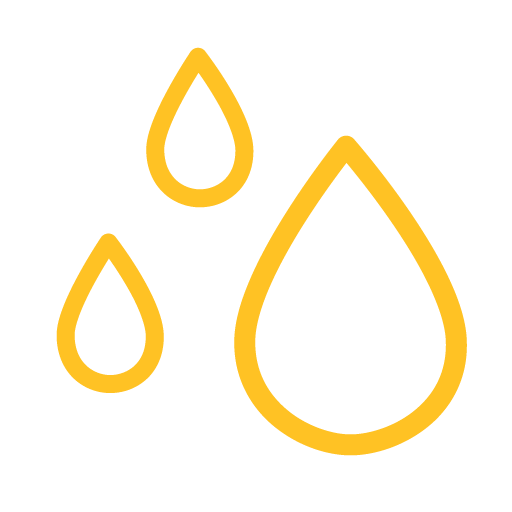The 4 elements for cleaning your milking system
14 Jan 2025

There are four key elements to consider when cleaning your milking plant and vat: chemical, turbulence, temperature and contact time. Each element is just as important as the other and should be considered at every wash to achieve optimal cleanliness.

CHEMICAL
Using the right product solution for your cleaning system ensures soils and bacteria are removed from the plant and vat, leaving you with a clean and hygienic plant.
- Acid detergents remove mineral deposits from all milk contact surfaces of the milking plant and vat. They contain acid, sanitiser and surfactants. The acid dissolves the minerals, which comes from calcium and magnesium in milk and from iron and manganese in water.
- Alkali detergents are designed to remove fat and protein, and are a crucial component of the cleaning process. They typically contain caustic soda and other alkaline materials, chlorine, surfactants and chelating agents. The caustic soda removes fatty acids that stick to the milk contact surfaces. Chlorine helps to break down protein deposits. As mentioned above, alkali detergents may already be chlorinated. Additional chlorine can be added to your alkali wash to boost chlorine levels, helping to successfully fractionate protein.
Quick tip: FIL’s specially formulated range of acid and alkali products offers variable foam and low dose rate products, as well as water and cost savings. Talk to your Area Manager about which product is right for your plant type based on whether you have high or low turbulence, or good or poor water quality.

TURBULENCE
Turbulence is created by flushing pulsators injecting air and water into the milk line. The injection of water and air forms a turbulent flow of wash water through the milk line, known as a slug, which cleans the top of the milk line, receiver can and sanitary trap.
- A plant with low turbulence may require manual cleaning and a high foaming detergent - talk to your Area Manager for advice if you have a low turbulent plant. Areas of the plant that may need to be scrubbed regularly are the top filter cage, vat door seal and receiver can.
- Many plants have areas which lack in turbulence, this can include the milk lines, receiving cans and milk meters.

TEMPERATURE
Temperature is vital for giving your detergents optimal cleaning power, speeding up the process by melting fat and helping kill bacteria.
- Too hot or too cold water will have an impact on the performance of the wash. The ideal temperature for a hot wash should be between 80-85ºC. Water above 85ºC can break down chemical and reduce its strength, bake on soils and is extremely dangerous (especially when using alkali). If water is too cold, it can redeposit milk fats back into the plant.
- Before you start the wash, check the temperature gauge on the hot water cylinder as a reference. Keep an eye on the water temperature during the wash. When recirculating hot water, recycle for 4-6 minutes and dump when it reaches no lower than 55ºC.
Quick tip: During the hot wash, walk around the plant and feel for any colder spots to find any faults or blockages.

CONTACT TIME
Once the detergent and temperature are correct, it is important that the detergent has enough contact time to dissolve soils and clean effectively.
- With a manual wash system, it is recommended that 10L of wash solution is used per set of clusters to achieve sufficient contact time. Water must be in contact with milk contact surfaces for 4-7 minutes, this time alters depending on the temperature of the water.
- Automatic wash systems substitute volume for time. A smaller amount of water is used and recycled to achieve volume, normally in 4-7 minutes.
- Once the wash is complete, rinse with cold water at 5L per cluster to eliminate residues.
Our FIL Area Managers have the knowledge and tools to ensure your milking system is cleaning properly. Get in touch with your local FIL Area Manager to book a free, no obligation consultation here.
Back...
